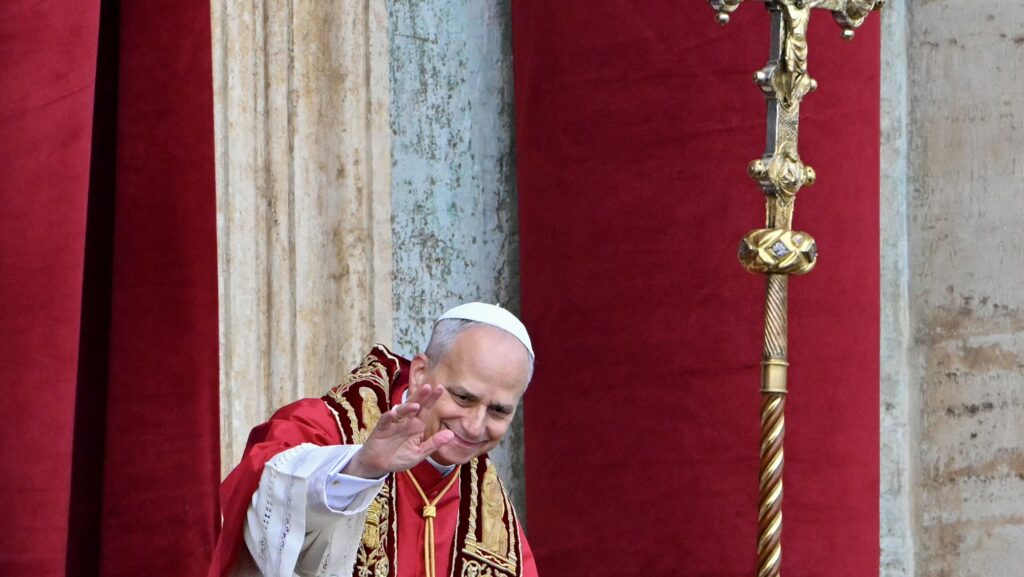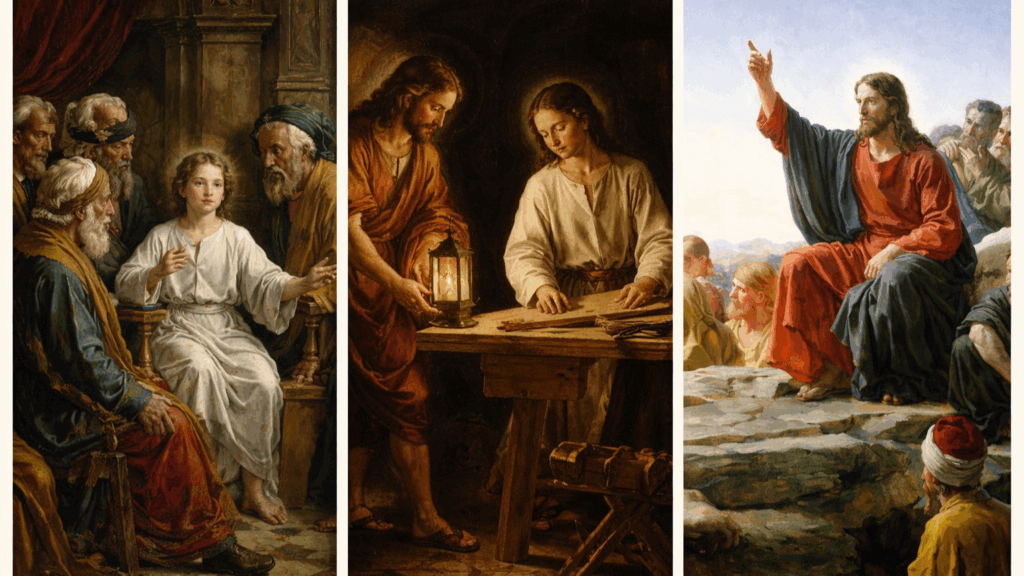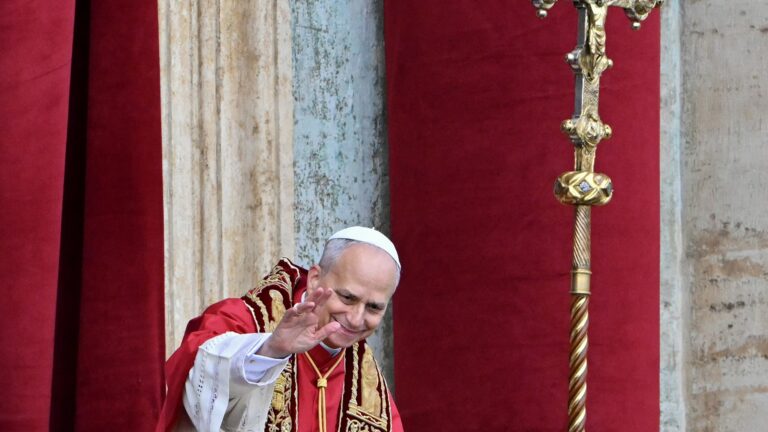This past week I was in Budapest and decided to go inside the Basilica of Saint Stephen to pray. As always, notwithstanding the number of tourists visiting this splendid house of God, there was a spirit of recollection. Yet, to my pleasant surprise, I saw that there were still Christmas decorations adorning inside the church: Nativity scene and Christmas trees.
To the average foreigner, if I may even dare say Catholic, to say nothing of the Protestant ecclesiastical communities, why would we still have Christmas aggressions inside of church when the Christmas season is over? The answer is that according to the Roman Catholic calendar the Christmas cycle is traditionally concluded each year on this day, the Feast of the Purification of the Blessed Virgin Mary—also known as the Presentation of the Lord in the Temple.
The date corresponds to the forty days after the birth of a male child, according to the ordinance of the Mosaic Law, in which each woman who had given birth to a son should not approach the Tabernacle of the Temple. The Law also prescribed that every first-born son was to be considered as belonging to God (since the first-born sons of Israel had been spared in Egypt), and was to be redeemed by a small sum of money—eighty days after that of a female. (Leviticus 12, 1–8)
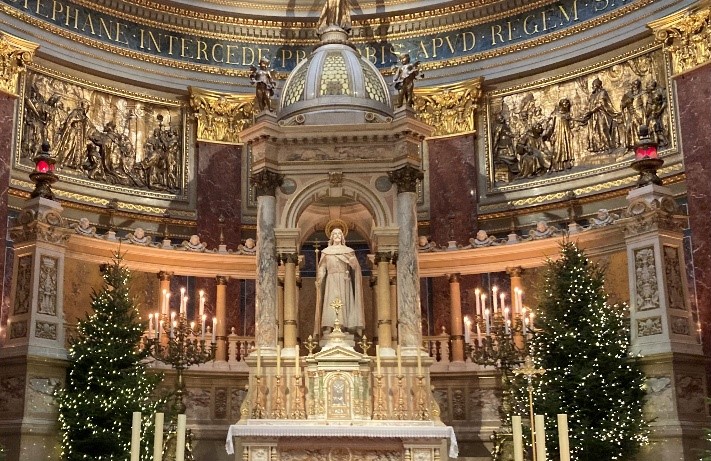
Under the Mosaic legislation, any woman after bringing a son into the world was considered unclear for seven days; she had to wait for another 33 days before presenting herself in the temple. This so-called spiritual impurity refers to a certain distance from the source of life: God Himself, for she is no longer part of the singular act of creation, the conception of a child. Subsequently, no longer being fertile, she enters a cycle of a ‘descent’ from that higher state of holiness: a certain emptying or impurity. The ritual purification that follows, known as mikvah, is part of a cycle of preparing for the next ‘ascent’—there is a certain parallel with the six ‘mundane’, week days, and the holy day of the sabbath.
Thus, the Mother of God went to the Temple in Jerusalem to offer the prescribed sacrifices, 40 days after giving birth to our Savior, Jesus Christ. Accompanied by her spouse, St. Joseph, the child Jesus was presented to a just and devout and elderly man called Simeon, who was eagerly awaiting for the Messiah to come and rescue Israel.
‘The Holy Spirit was upon him and had revealed to him that he would not die until he had seen the Lord’s Messiah.That day the Spirit led him to the Temple. So, when Mary and Joseph came to present the child Jesus to the Lord as the law required, Simeon was there. He took the child in his arms and praised God, saying:
“Now thou dost dismiss thy servant, O Lord, according to thy word in peace; Because my eyes have seen thy salvation, Which thou hast prepared before the face of all peoples: A light to the revelation of the Gentiles, and the glory of thy people Israel.”’ (Luke 2, 29-32).
The gospel passage continues saying the parents of our Lord were astonished at what was said of Him. ‘Then Simeon blessed them, and he said to Mary: “This child is destined to cause many in Israel to fall, and many others to rise. He has been sent as a sign from God, but many will oppose him. As a result, the deepest thoughts of many hearts will be revealed. And a sword will pierce your very soul.”’ (Luke 2, 33-35)
As Catholics, we believe and profess that in anticipation of the Christ’s Redemptive act on the Cross, Mary, from the very moment of her conception, was preserved from original sin. Therefore, unlike any other human creature, did not suffer from the effects of Adam’s fault. If she were pure, that is, free from sin, why then would she have had to observe the Mosaic Law like other women who were seen unclean?
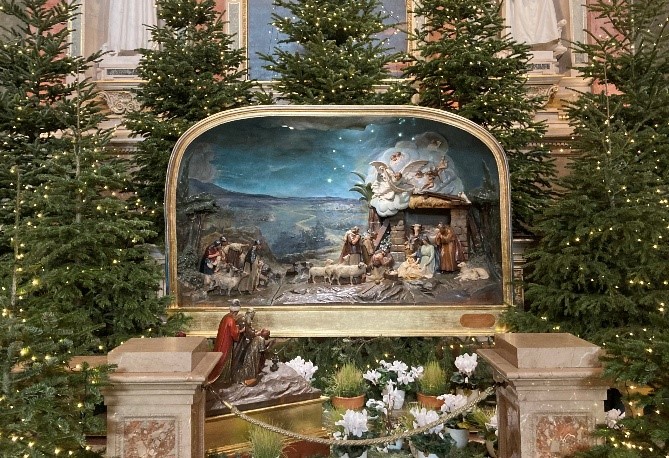
She went through the post-childbirth purification ritual for the same reason her divine Son went through the post-childbirth circumcision ceremony: out of obedience to the Mosaic law, which then symbolized the liberation from the bondage of sin. Not that they needed to be purified, but such rites, as with the Jewish Passover, were performed in anticipation of the coming of the Christ, which had to be carried out until the Lord’s resurrection from the dead, which we celebrate on Easter Sunday. Their obedience, therefore, was not a mere legalistic observance, but just was when Jesus was baptized by St. John in the River Jordan, an example of holiness for everyone to follow.
St. Thomas Aquinas in his Summa Theologiæ explained:
‘As the fullness of grace flowed from Christ on to his Mother, so it was becoming that the Mother should be like her Son in humility: for “God giveth grace to the humble”.’ (III 37, 4)
The Mass on this day, also called the Candlemas, entails a procession where the candles symbolize Jesus, the Light of the world, recalling the journey of the Blessed Mother and St. Joseph going up to the Temple in order to present the Messiah, the promised Savior.
Read more from the same author:


